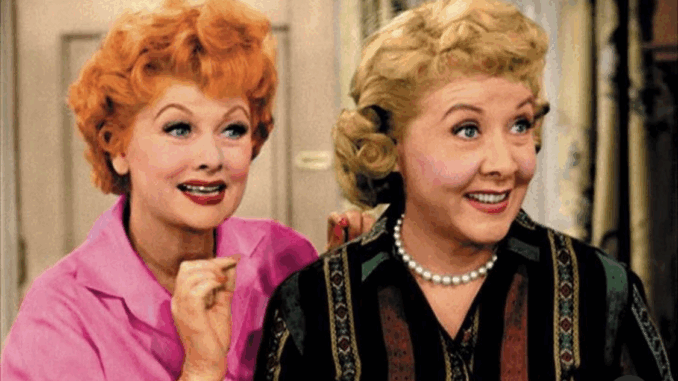
When I Love Lucy premiered on October 15, 1951, few could have predicted the lasting legacy it would leave. Starring Lucille Ball and Desi Arnaz, the show quickly became a massive success, revolutionizing how sitcoms were filmed, broadcast, and consumed by audiences across the United States.
At its peak, the show drew in over 44 million viewers, with some episodes reportedly drawing a higher audience share than even President Eisenhower’s inauguration. But its impact went far beyond ratings.
Pioneering Production Techniques
I Love Lucy was the first scripted TV show to be filmed in front of a live studio audience using a three-camera setup — a technique that became the standard in sitcom production for decades. Its high-quality filming also allowed for reruns, introducing the concept of syndication to the industry.
Lucille Ball’s comedic timing and physical humor became iconic. As Lucy Ricardo, she was a lovable troublemaker with endless schemes, balancing chaos and charm in every episode. Ball’s bold, fearless comedy opened doors for generations of female comedians.
Behind the Scenes: A Groundbreaking Couple
Ball and Arnaz, married in real life, were also trailblazers behind the scenes. Desi Arnaz, a Cuban-American actor and musician, not only broke barriers as a Latino lead but also co-founded Desilu Productions with Ball. The company later produced hits like Star Trek and Mission: Impossible.
Their real-life relationship gave the show authenticity, but it was also a symbol of progress in American media during a time when interracial marriages were rarely portrayed on television.
A Lasting Legacy
Over 70 years later, I Love Lucy continues to air in syndication, inspiring sitcoms and entertainers around the world. It has won countless awards, including multiple Emmys, and was named by TV Guide as the second greatest TV show of all time.
Lucille Ball’s legacy lives on not just in reruns, but in the structure, spirit, and laughter of television today.
